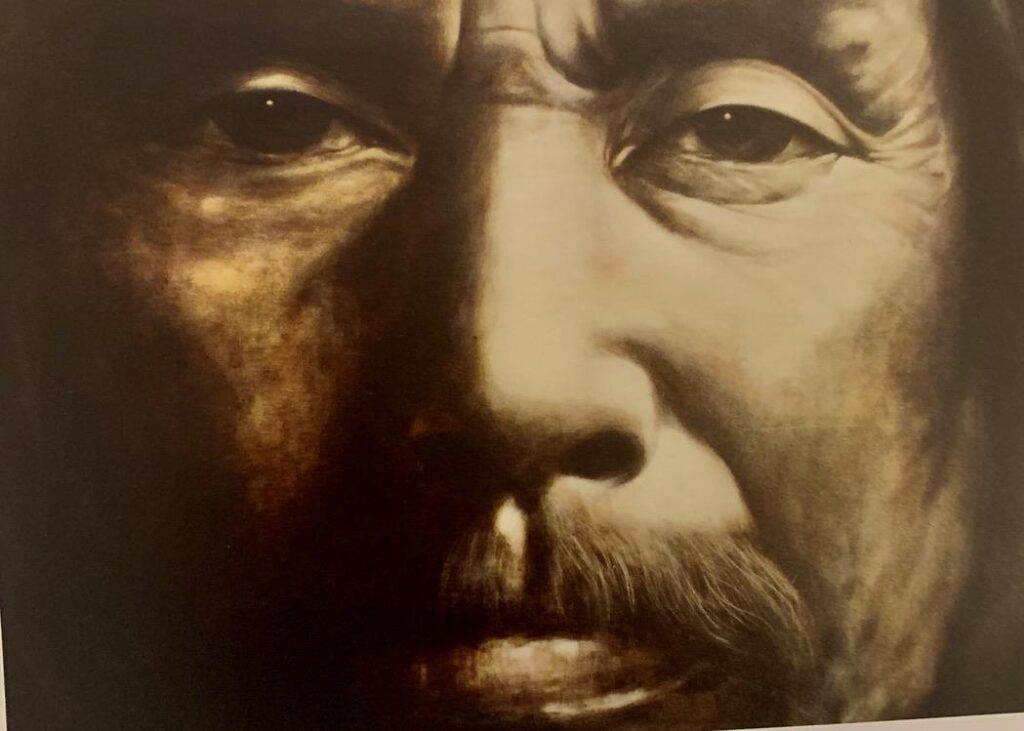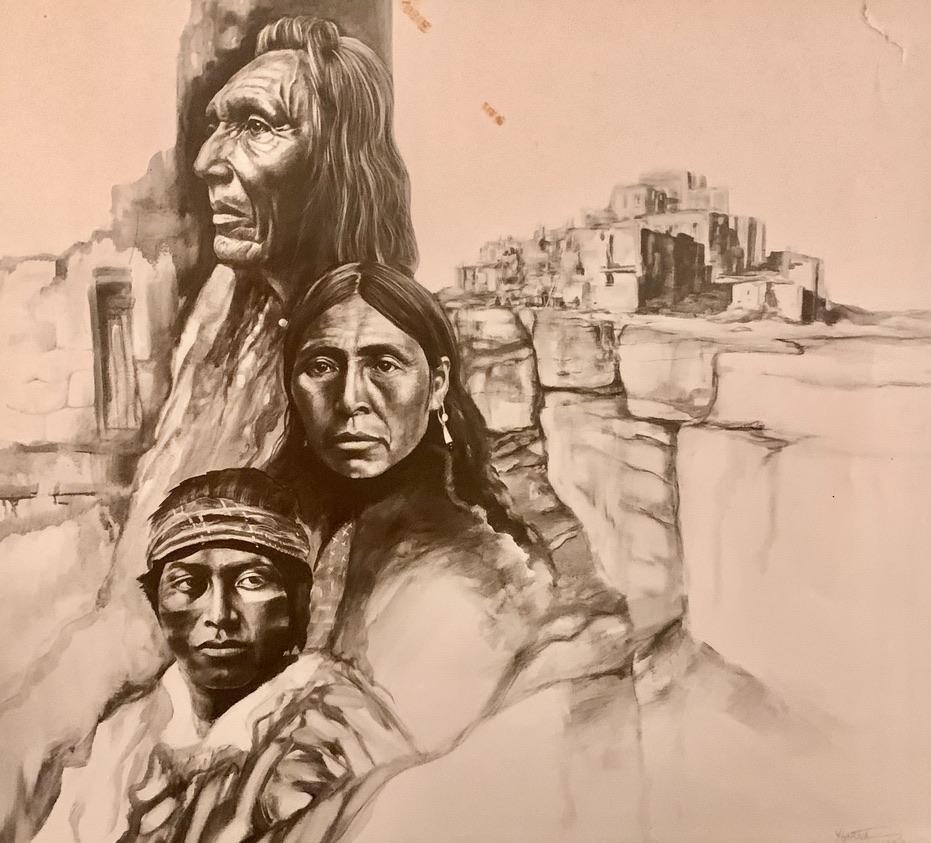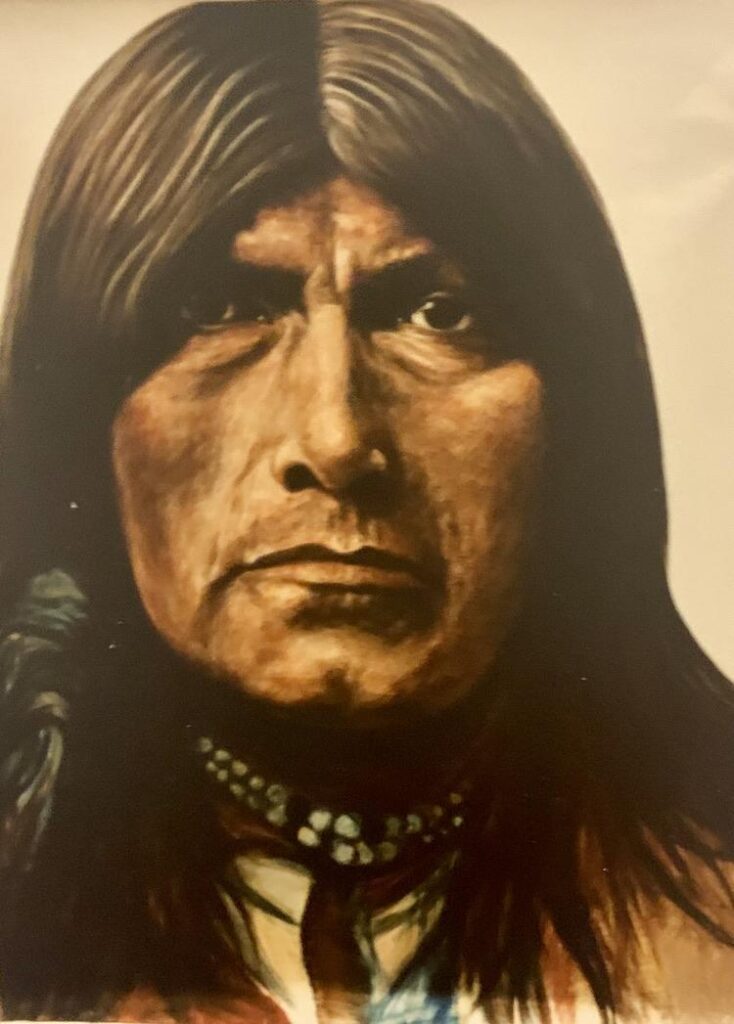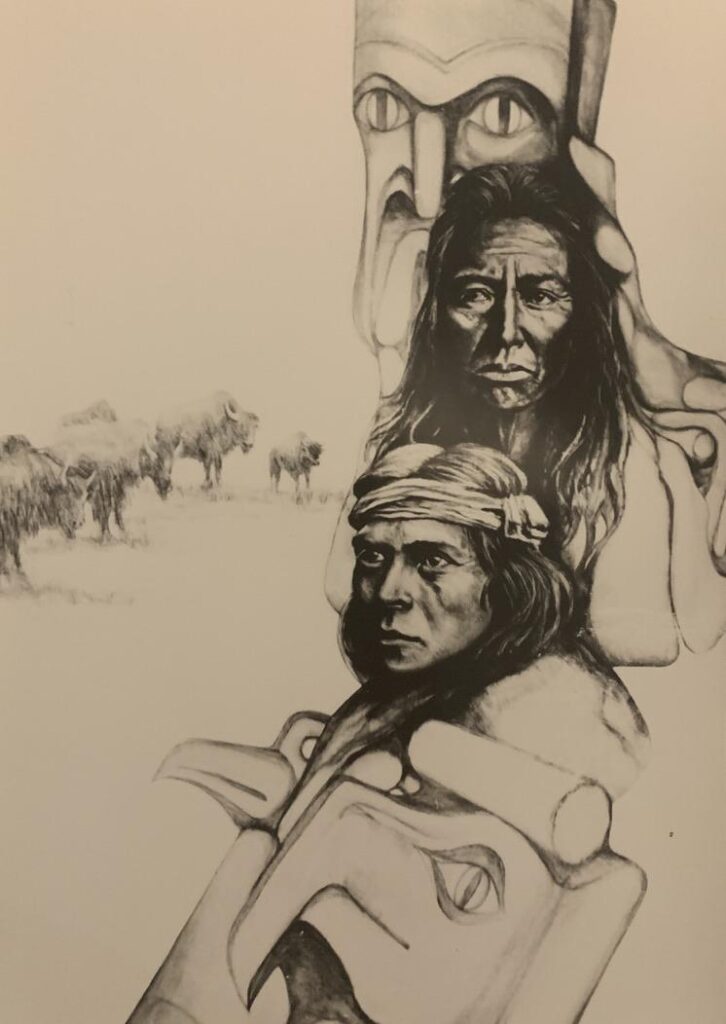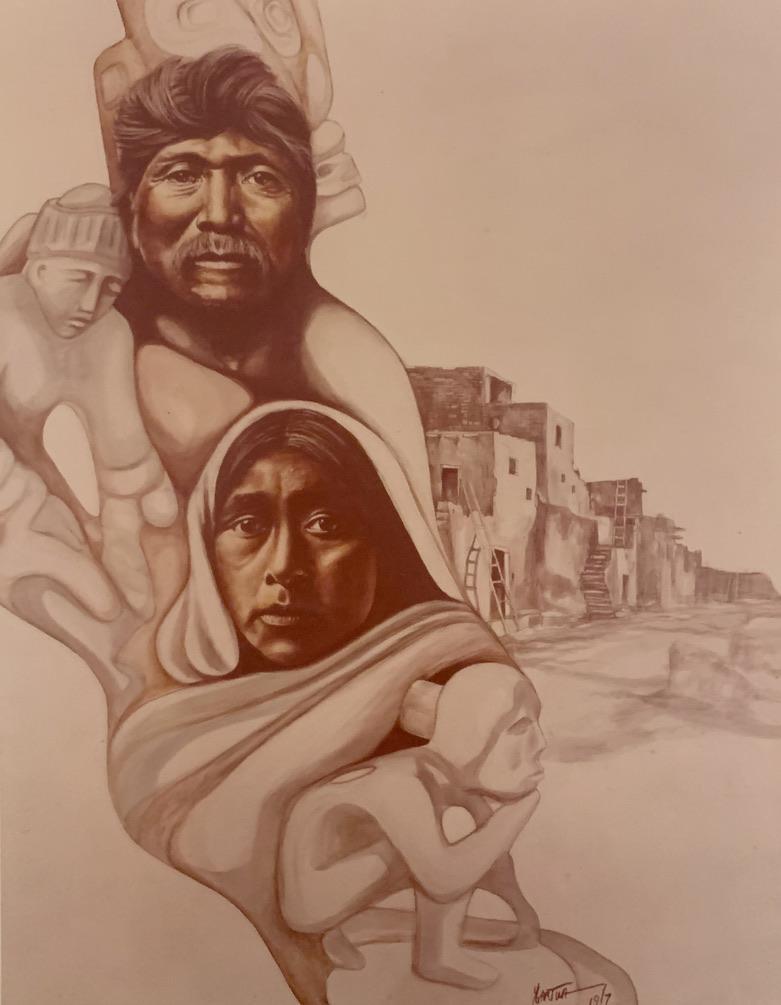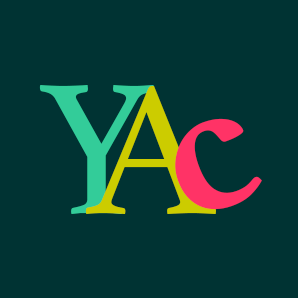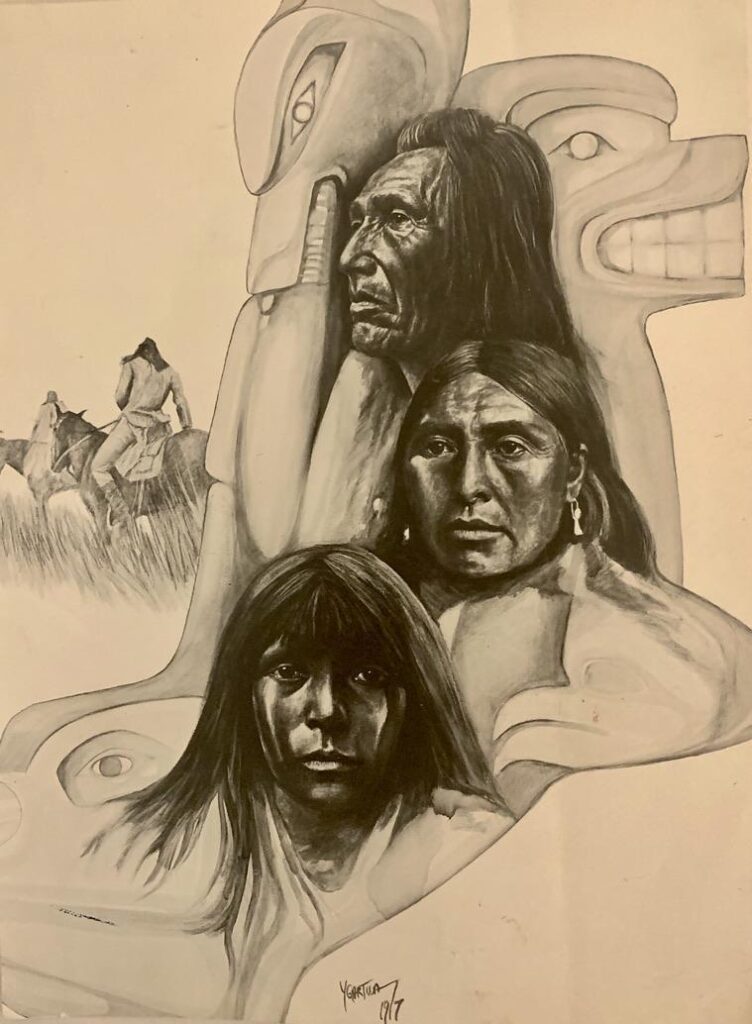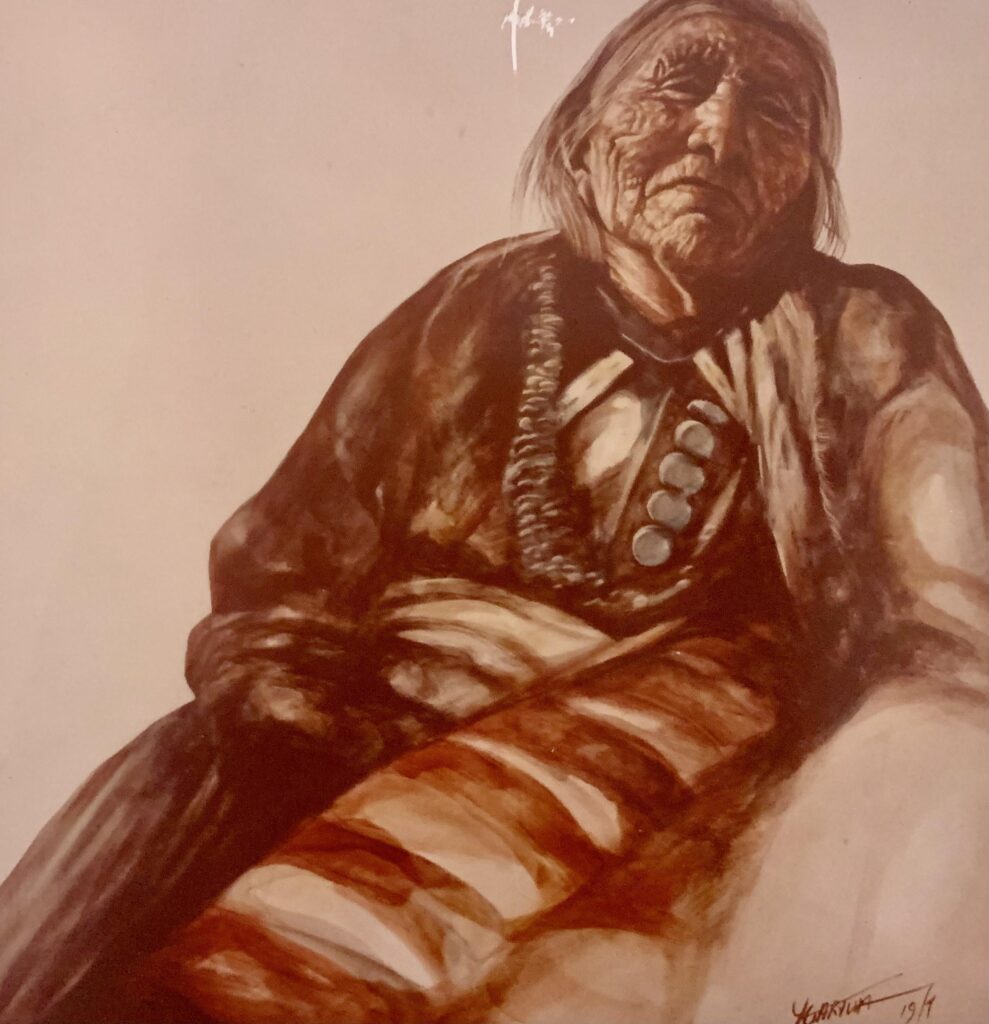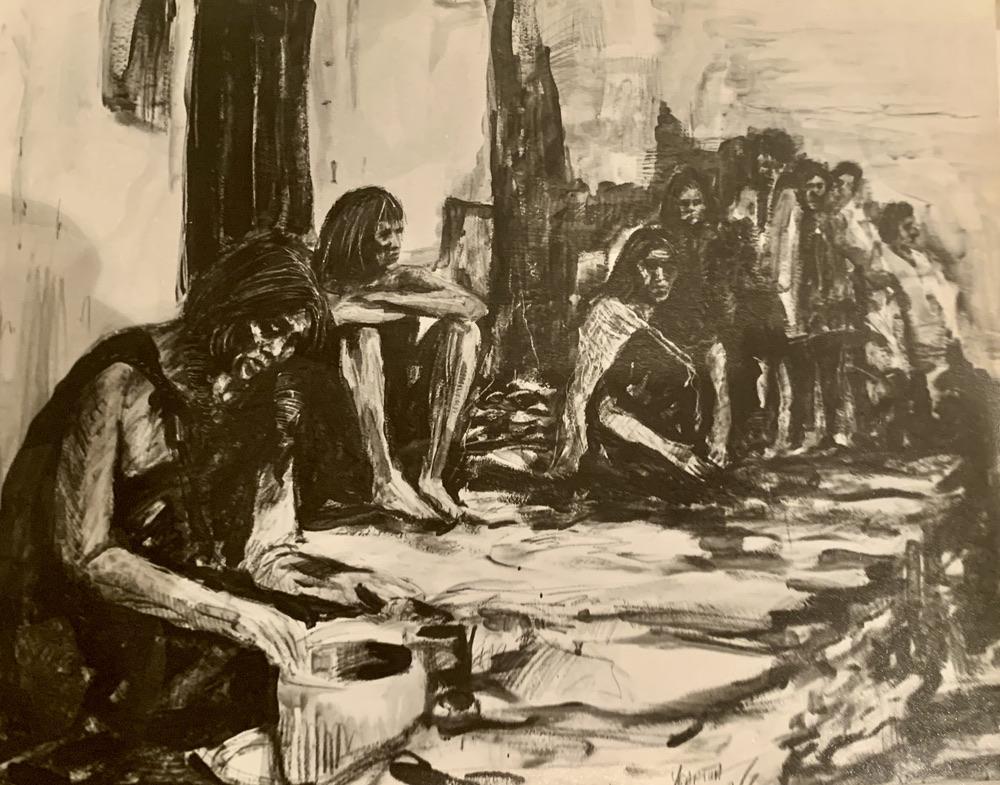Before I begin the next part of the Native series story, let me first say that everything I am writing about has been related to me by my mother, Joanne Ygartua. She has an incredible memory and I hope that I have inherited this from her and that one day I will be able to remember what happened half a century ago as she does! Anyone who has had the pleasure of having a conversation with Joanne, knows that you must pay close attention as she can tell stories that can fastforward and rewind at the speed of a rollercoaster!
From 1974 to 1979, Paul Ygartua was a Resident Artist at the De La Mano Gallery in Paradise Valley, Arizona. In Canada, Paul had been concentrating on the West Coast Natives. It was only when they went to Arizona that they started to learn more about the Natives from the Southern parts of the US. They didn’t know the area but soon discovered that it was a truly wonderful location and home to many very wealthy families. Their beautiful estates were set right into the mountain. La Posada, where the gallery was located, was built in the Mexican Hacienda style with a large archway serving as the entrance. The soft pink tones of the architecture stood in perfect harmony with the wonderful Camelback Mountain range. It was a very luxurious spot and quite private with only one French restaurant, an exclusive Winery, the De La Mano Art gallery and the Guadalajara’s Mexican restaurant.
The gallery had just been built in 1974 and they were invited to return to Scottsdale after a short time working in LA. The gallery owners, Jody Svenonius and Carolyn Ariza, helped them find a beautiful apartment in Scottsdale, home to many Art Galleries and probably some of the best Native works in North America. It was extremely hot in the summers so they would return to Vancouver during those months. Joanne remembers the natural beauty of the desert: “It was beholding, we never thought of living in the desert and we were surprised how it captivated us, so different, quite unique and truly inspirational.– surrounded by the mesas, the Hopis and the Navajos — all that history — it seemed like we were in the middle of Native land.– which I guess we were.”
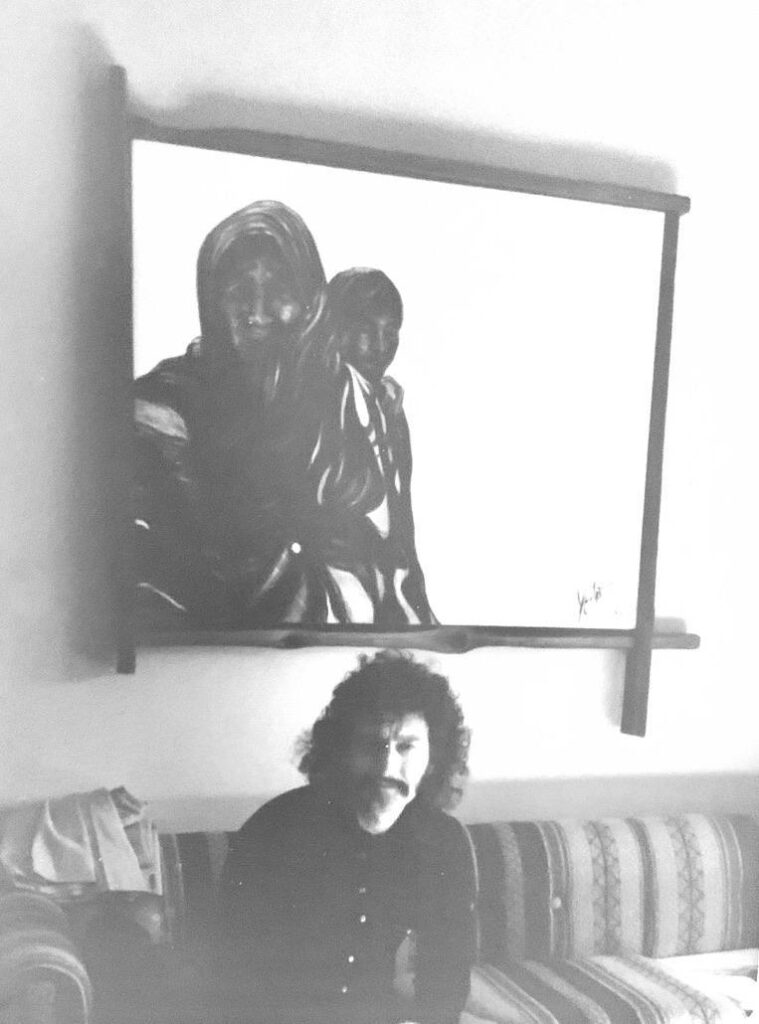
The Navajos sold their jewellery in the gallery and the Hopis sold their baskets. Paul used to love doing trades with the Natives’ work. One Navajo Chief liked Paul’s work and offered him his favourite slave band in exchange for a painting. It was a large bracelet with gorgeous turquoise stones and I remember my dad wearing that bracelet during most of my childhood. It was an outstanding piece of Navajo jewellery that he wore with pride for about 12 years before it was eventually stolen in Cannes, France when our camping van was broken into.
Paul has always believed that his journey as an artist has been closely linked to the Natives for a reason. Joanne, of course, has always shared this feeling: “It seemed to be our path, our destiny. Even today, with Paul’s recent mural on Denny Island with the Heiltsuk Natives from Bella Bella to the meeting up with Rob Scott, the owner of the Eagle Spirit Native gallery in Vancouver, where Paul is honoured to be represented alongside some of the best Native sculptors in North America.” The Natives have always been an inspiration for Paul and Joanne.
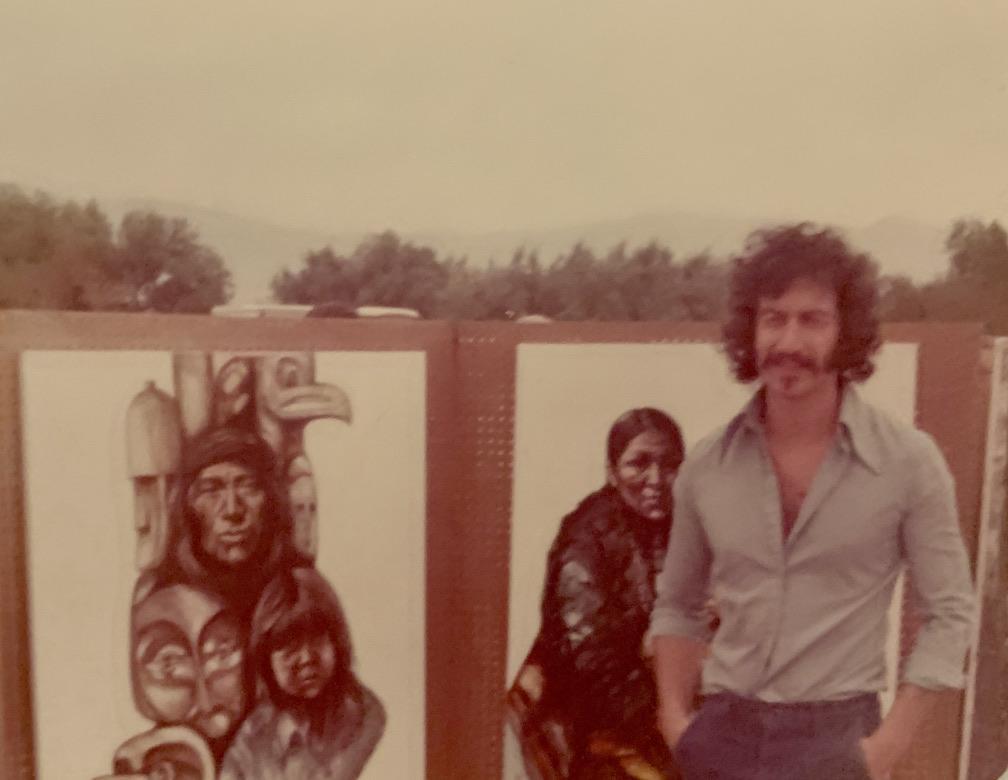
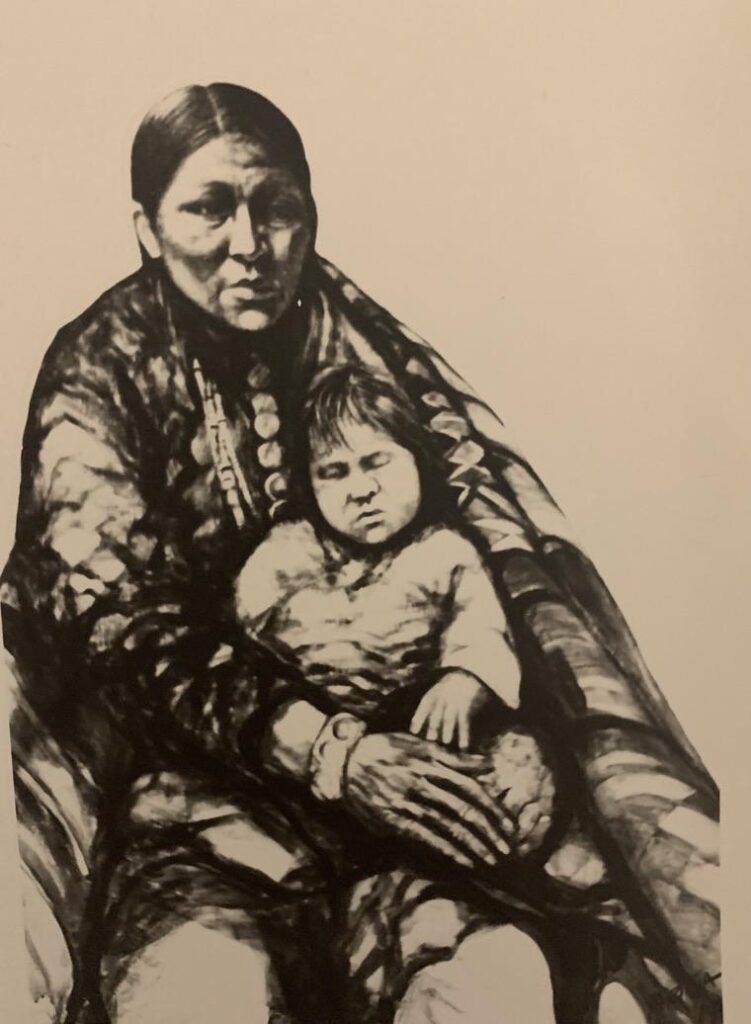
The Apollo gallery in Vancouver wasn’t exclusively showing Paul’s work. There were times during the mid 70s when they had their French friend Françoise’s macrame displayed as well as their friend Doug’s pottery. They did beautiful work and Joanne has always been able to see the talent in those around her. Doug would always thank her for representing his work and Joanne would say: “Well you are the guys with the talent” and he would reply: “Yes, but you are our inspiration”. She always remembered that: “ I figured that was what I am here for – to inspire others.” And so she did and continues to. There is not a day that goes by when she does not use this superpower of hers to inspire Paul and many others around her.
Their friend Françoise, macrame artist at the time, introduced them to a Romanian guy named Marcel, who wanted to open up an Ygartua Gallery in New Orleans. So from 1975 to around 1980, he represented Paul and sold his work in New Orleans. Paul and Joanne stopped off in New Orleans en route to Scottsdale and stayed there for a couple of weeks with Marcel and his girlfriend. Joanne recalls the exciting New Orleans nightlife that they got to experience for a couple of weeks: “ it was exciting, amazing and wild –His grilfriend Ellen, was also a photographer, so had the pass to get into all the clubs for free. We just walked in and she started photographing. The music in New Orleans was out of this world, so for us it was surreal, to be surrounded by all this musical talent and to have an Ygartua Gallery right there in the heart of New Orleans. Paul and I went out to the outskirts of town one night, and stopped off at a bar with music and a dance floor, all blacks, we were the only two white people, in those days, we were just happy to be around the people from New Orleans, about 60% blacks and hear their wonderful music — we were lucky we never felt any fear of anything — the 60’s 70’s were sort of soul finding people out there, but when a black guy came up and started talking to us — he first said YOU ARE GOOD PEOPLE — and we said Oh, Why — (I mean you don’t even know us) he says WELL, YOU ARE HERE AREN’T YA — and I guess it said it all and then we started dancing.”
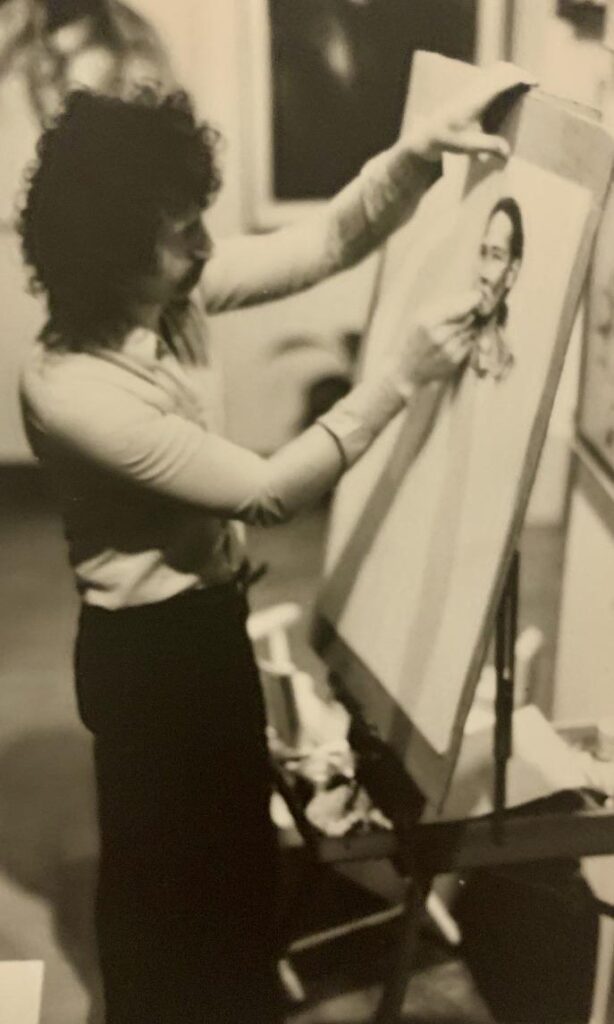
In 1979, they left for Europe again and spent 6 months in Spain. In May of that year, they did a show at the Madei Sala de Art Gallery in Barcelona before they headed to the South of France. They were living in their large caravan, bought from Joanne’s Aunty and were staying at the campsite in Masnou. It was about 45 minutes from Barcelona, so they would drive back and forth between Masnou and Barcelona.
They were spending every weekend in Barcelona with their good friends Denny and Jose, whom they had met on their travels in Europe in 1968, when they were all living in a one bedroom apartment and working in local clubs at night, while Paul was selling his work on the street in the day. One night they were invited over to a friend’s apartment that occupied the entire floor of the building in Barcelona. In the living room, there was a very impressive 5x5ft large portrait of his Father. Later that night, Joanne said to Paul: “What do you think, how about painting the native face, just the one face large?” A few weeks later, Paul was in Cannes, displaying and selling his art of the promenade in front of the Carlton Hotel. The first day he exhibited this portrait, he sold it. Ever since it has been one of his most popular Native portraits and he has used the Haida Chief in many important studies over the years, including the Expo 86 Limited Edition poster, the Expo 86 mural as well as many private commissions.
